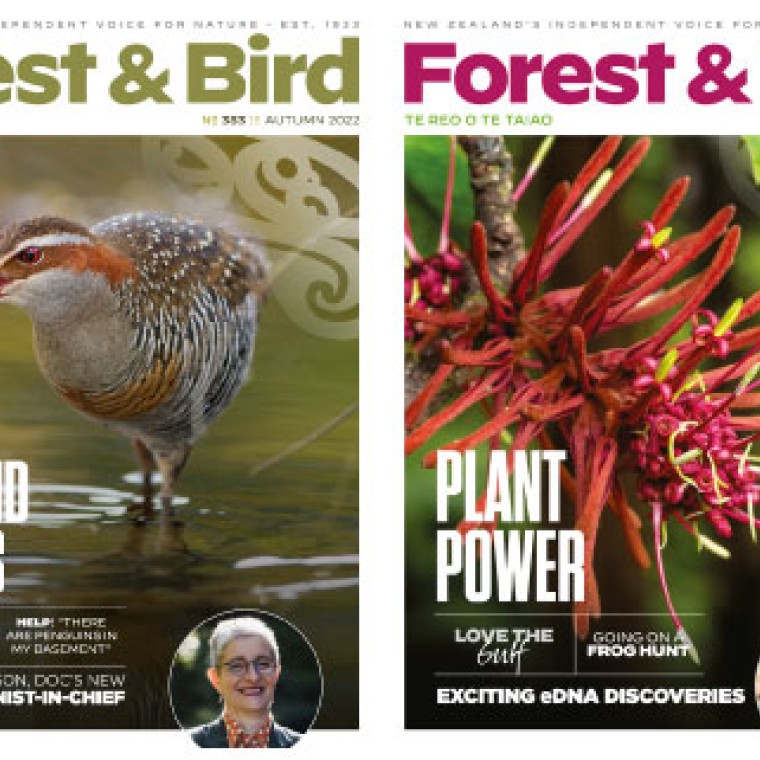As the West Coast white-baiting season closes for the year, the Government and new Minister for Conservation must heed overwhelming public support for better white-baiting rules.
The Department of Conservation has just released its summary of submissions on their whitebait consultation, in which they acknowledged strong support from both fishers and non-fishers for a license and catch limit to manage and monitor the whitebait fishery (pg 79).
Forest & Bird’s submission also called for a license requirement, a catch limit on both commercial and recreational fishing, and a data collection method.
Forest & Bird’s Freshwater Advocate Annabeth Cohen says “The submissions show fishers and non-fishers are frequently aligned in their views on protecting whitebait. Every step of the way, from surveys, to submissions, to advice from top scientists, there is strong agreement that a license and catch limit are reasonable and necessary.
"It is now up to the Minister of Conservation and the Minister for the Environment to save our whitebait species from over-fishing, water pollution, and habitat destruction, so they can thrive and be enjoyed by future generations.
“Our whitebait species are at risk or threatened with extinction. They travel through a largely unregulated fishery at the start of their lives and go on to live in habitats where bottom lines for pollutants like nitrogen and phosphorus are still not good enough,” says Ms Cohen.
“Native fish species in New Zealand are experiencing death by a thousand cuts. Over-fishing is a pressure that we can alleviate right now. We need the Government to prioritise our incredible native fish and ensure they will be here for future generations.”
“Forest & Bird is calling on the Government to strengthen the regulations as soon as possible, and avoid another season without basic rules in place to protect these special fish.”
Notes on native whitebait species:
Kōaro (at risk - declining), shortjaw kōkopu (threatened - nationally vulnerable), banded kōkopu, giant kōkopu (at risk - declining) and īnanga (at risk - declining) are the five migratory galaxiid fish in the whitebait catch. Common smelt is also a native fish that is part of the whitebait catch.
These fish are ‘diadromous’ – spending part of their life in freshwater and part of their life in the sea. Each species grows to a different size, has a different lifespan, and a different breeding pattern. If allowed to grow, some species can reach up to almost 60 cm long, while others can live for over a decade.
Back to top anchor
